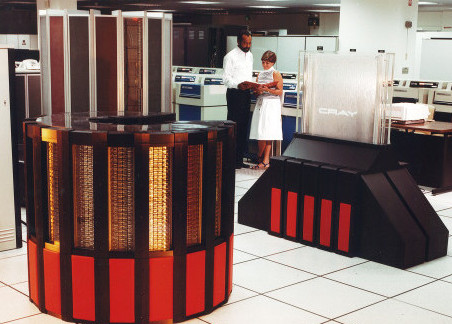The Once and Future Climate
Join Gil Compo as he discusses the 20th Century Reanalysis Project in a special webinar celebrating NERSC's 50th anniversary. » Read More
Science as Art Competition to Honor Beauty in Discovery
To celebrate 50 years of beauty in discovery, users are invited to enter the NERSC 50th Anniversary Science as Art Competition. » Read More
Hunting for 'Cracks' in Physics' Standard Model
Sometimes the absence of a surprise moves science forward. » Read More
Boosting Carbon-Negative Building Materials
Locking greenhouse gases into building materials could store them safely for many years. Researchers using NERSC resources are advancing the science behind this idea. » Read More
Getting a Peek Into Ice Giants
Scientists are using NERSC's Perlmutter supercomputer to study the interior chemistry of ice giant planets like our solar system's Neptune. » Read More
National Energy Research Scientific Computing Center
Computing at NERSC
Now Playing
Some Scientific Computing Now in Progress at NERSC
Did You Know?
'Bubbles' the Cray-2

In 1985, NERSC was the first to install the Cray-2, then the fastest computer in the world. Today, just about any mobile phone has more processing power. The Cray-2 was nicknamed "Bubbles" for its unique liquid cooling system.
Visit our interactive timeline to learn more about NERSC history.
NERSC@50

Ruby Leung to Highlight NERSC's Role in Climate Modeling July 23, 2024
Science News

New Alloy Won't Crack at Extreme Temperatures June 6, 2024











